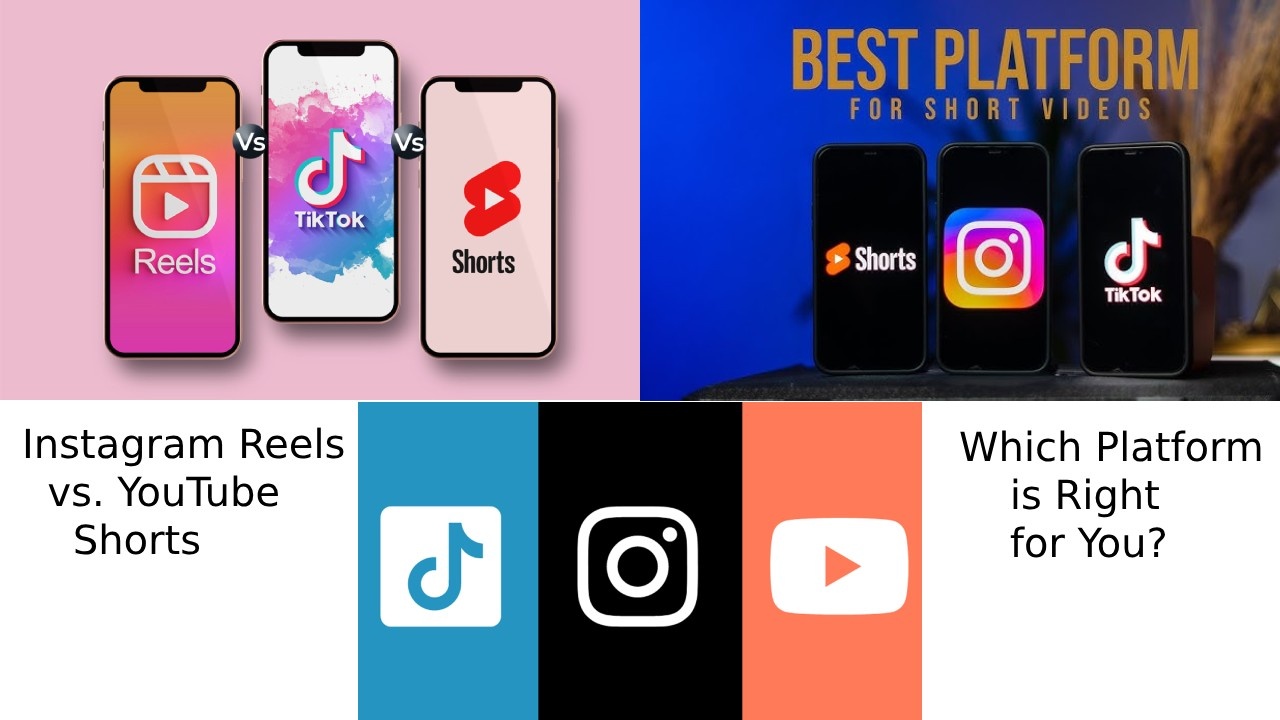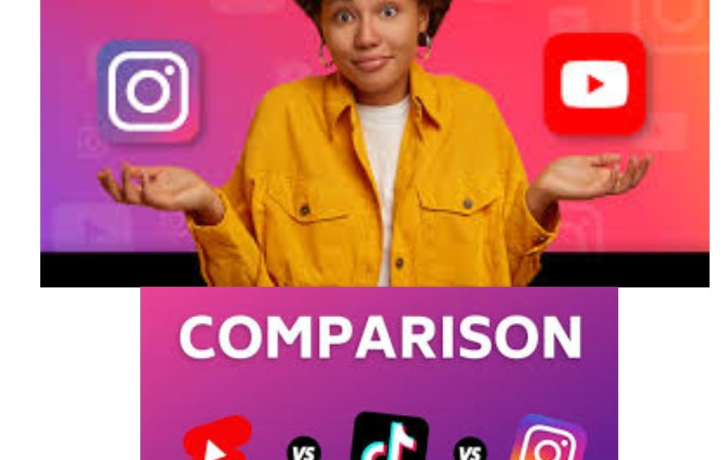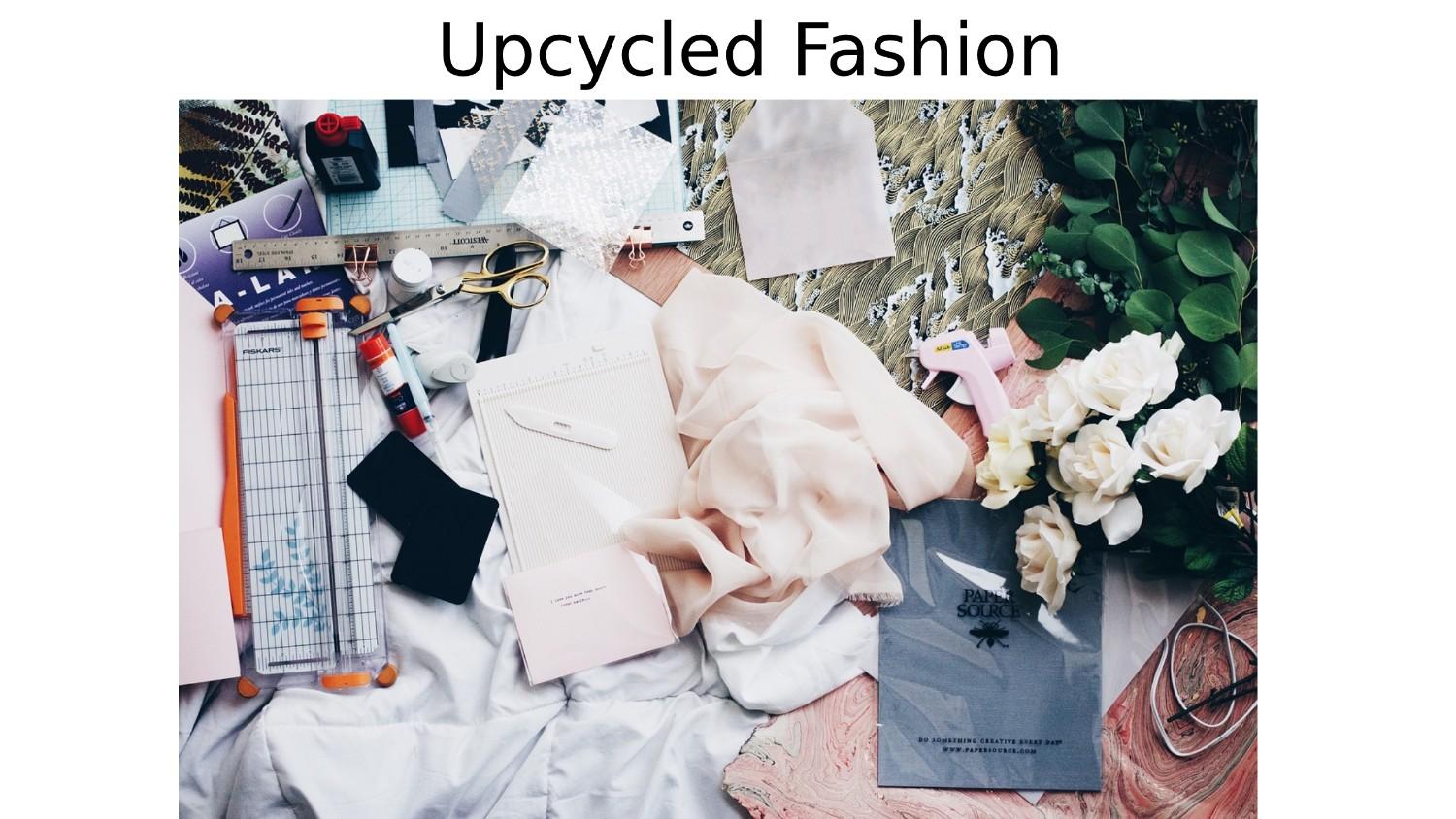- 1 Introduction of Instagram Reels Vs. YouTube Shorts
- 2 What Are Instagram Reels?
- 3 YouTube Shorts
- 4 Audience Demographics
- 5 Creators Content Experience
- 6 Algorithm Differences
- 7 Monetization Opportunities
- 8 Discovery and Reach
- 9 Which platform is more suitable for businesses?
- 10 Advantages and Disadvantages of Each Platform
- 11 Choosing the Best Platform
- 12 Conclusion: Instagram Reels or YouTube Shorts?

Introduction of Instagram Reels Vs. YouTube Shorts
Instagram Reels vs. YouTube Shorts: Which Platform is Right for You? In the battle of short-form video platforms, Instagram Reels and YouTube Shorts stand like two new horizons in the increasingly compact world. Both present creators, business owners, and influencers with a massive audience that they can impress through engaging bite-sized content. So, how do you decide which one is better for you? The right choice depends strictly on your objectives, audience, and style of content.
This article will focus on the main features strengths and weaknesses of Instagram Reels and YouTube Shorts so that you can make the most informed choice for you. So whether you run a business, create content, or just a social media enthusiast, here is everything you need to know.
What Are Instagram Reels?
Instagram Reels are short, vertical videos up to 90 seconds long, used for creative storytelling. They are seen in the specific Reels tab, the Explore page, and users’ feeds. Given the vast reach of the existing user base, Reels are an excellent way to engage followers and find new ones.
Key Features of Instagram Reels:
Length: Up to 90 seconds
Editing Tools: Filters, stickers, music, and text options.
Algorithm: Strongly favors trending content. Appears more on the Explore page.
Integration: Reels can be shared on Stories and as posts, amplifying more reach.
YouTube Shorts
What are YouTube Shorts?
YouTube Shorts are vertical videos up to 60 seconds long, made for generating attention quickly. Instagram Reels vs. YouTube Shorts: Which Platform is Right for You? Shorts are there on a specific tab inside the YouTube app and natively blend into YouTube’s broader video inventory.
Key Features of YouTube Shorts:
Length: Up to 60 seconds.
Editing features: Basic, text, audio, speed controls,
Algorithm: Promotes the Shorts on the homepage as well as its shelf for maximum visibility,
Integration: Shorts contribute to the overall growth of the channel and the subscriber count.
Audience Demographics
Knowing who is using each app will make your content planning easier.
Instagram Reels Audience:
It is mostly used by Millennials as well as Gen Z.
Active users are very engaging with their visual content
Best suited for brands that have a target audience in fashion, lifestyle, beauty, and fitness categories
YouTube Shorts Audience:
Attracts a large age group, from teenagers to the elderly
Appeals to viewers who wish to have a quick entertainment or informative snippet
Quite effective for creators in any niche like educational, tech-based, and DIY
Creators Content Experience
The two apps also present some unique features and tools designed for the creators.
Instagram Reels
Pros
Trendy music library and high-end tools for video editing
Part of an intact Instagram ecosystem
Maximum viral trend
Cons
Short video length: 90 seconds or less
Very competitive due to Instagram’s dense user base.
YouTube Shorts:
Advantages:
Longer lifespan for videos compared to Instagram.
Part of a larger video platform, enhancing discoverability.
Integration with YouTube’s monetization options.
Disadvantages:
Editing tools are relatively basic.
Building an audience can be slow without existing subscribers.
Algorithm Differences
Each platform’s algorithm determines how your content is discovered.
Instagram Reels Algorithm:
Rewards engagement, such as likes, comments, and shares.
Heavily favours trending audio and hashtags.
Targets users based on their interaction history and interests.
YouTube Shorts Algorithm:
YouTube Shorts prioritize watch time and audience retention.
They also promote Shorts to users who interact with other similar content.
Its goal of grow your overall YouTube channel by driving new subscribers.
Monetization Opportunities
If earning from your content is a priority, consider the monetization options for each platform.
Instagram Reels:
There is limited direct monetization, but brands use Reels for sponsored content heavily.
Influencers can utilize Reels for affiliate marketing and partnerships.
YouTube Shorts:
It offers the YouTube Shorts Fund, a dedicated sum of money that creators can access for high-performing Shorts.
Makes possible a growing subscriber base on the creator’s channel, unlocking traditional YouTube monetization options including ads and memberships
Discovery and Reach
The relative potential to gain new audiences differs between the two.
Instagram Reels:
Discovery is based on hashtags, trending sounds, and the Explore page.
Strong engagement from their audience means broader reach within Instagram’s system.
YouTube Shorts:
Shorts appear on the Shorts shelf and are promoted across YouTube’s homepage.
Videos can be discovered long after they’re uploaded, unlike Instagram’s time-sensitive trends.
Which platform is more suitable for businesses?
In the short run, both platforms have different benefits with which businesses can play.
Instagram Reels for Businesses
Best suited for visual-driven industries like fashion, food, or travel.
Allows direct reach to customers through comments and messages.
Greatest for building brand identity and presenting products in creative ways.
YouTube Shorts for Businesses
Good for learning-related material and how-to content.
Has a longer shelf-life for content, making it ideal for securing prolonged visibility.
Ideal for creating traffic to websites or longer YouTube videos.
Advantages and Disadvantages of Each Platform
Instagram Reels Advantages:
Ideal for reaching younger viewers.
Much wider range of sharing options (Stories, posts, Explore).
Rich creative capabilities.
Instagram Reels Disadvantages:
Needing constant publication as your engagement with the latest trends fades.
Relatively ineffective for niche-specific or evergreen content.
YouTube Shorts Advantages :
Videos can accumulate views for months or even years.
Promote channel growth overall.
Flexibly suitable for all content types.
YouTube Shorts Cons:
Limited editing options.
Growth is relatively slow without prior subscribers.
Choosing the Best Platform
You still can’t decide on the right platform? No problem. Here’s a quick checklist:
Use Instagram Reels If:
You focus on targeting younger audiences.
Your content should be more visual or trend-oriented.
You are already active on Instagram.
Use YouTube Shorts If:
You aim to build a long-term audience.
Your niche is informative or tutorial-based.
You have an existing or plan for creating a YouTube channel.
Conclusion: Instagram Reels or YouTube Shorts?
Both Instagram Reels and YouTube Shorts hold fantastic potential for creators and businesses alike. The most suitable option is highly dependent on your goals, content, audience and available resources.
Best for trend-based, visually appealing content: Instagram Reels
Best for evergreen, learning or channel-building content: YouTube Shorts.
Ultimately, the decision to create one platform or both is a personal preference. Many content creators manage to succeed through repurposing content for both platforms, maximizing their reach and engagement. So, start testing it out today and see what works for you!








